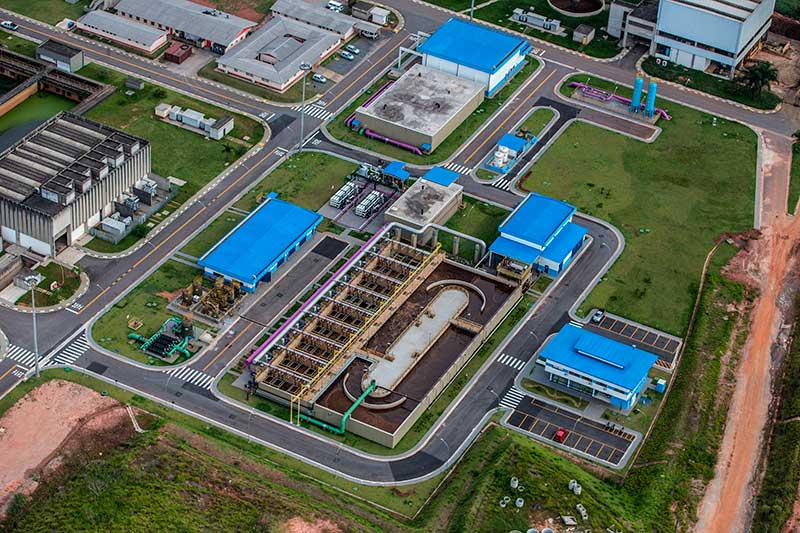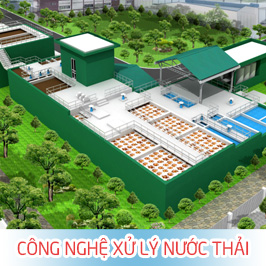Description
CASE STUDY: TÁI SỬ DỤNG NƯỚC THẢI 86.400M3
Aquapolo-Brazil


Aquapolo Ambiental Water Reuse Project
Overview
Aquapolo Ambiental is a water reuse venture created by Foz do Brasil (Odebrecht Organization) and Sabesp, a Brazilian state-owned utility that provides water and sewage services for residential, commercial, and industrial use in the municipalities of the state of São Paulo. The Aquapolo project was initiated to address new government regulations to restrict industrial use of potable water in São Paulo and is the largest industrial water reuse project in the Southern Hemisphere. Aquapolo will supply the Capuava Petrochemical Complex of Mauá, located in São Paulo’s ABC region, thereby conserving enough drinking water to continuously supply a population of 300,000 people.
The Challenge
To build a treatment plant capable of meeting São Paulo’s pressing demand for industrial reuse water.
The Solution
Koch Membrane Systems, Inc. (KMS), a leading supplier of wastewater treatment systems, provided PURON® membrane bioreactor (MBR) modules as well as MegaMagnum® reverse osmosis (RO) membranes, system design and controls, and after-market support and service for the Aquapolo project. KMS was chosen for its superior technical support and biological design, the availability of MBR and RO pilot plants, its vast experience with water-recycling projects, and ability to meet an extremely accelerated delivery schedule.
KMS conducted a comprehensive feasibility study to identify the most cost-effective strategy to upgrade the existing plant infrastructure and concluded that membrane bioreactor (MBR) technology with a Tertiary Membrane Bioreactor (TMBR) system was the best solution for the new facility.
“Koch Membrane Systems’ willingness to work with us as our technological partner was a key factor in our decision to award them the contract,” said Emyr Diniz Costa, Senior Project Director at Odebrecht. “They offered a comprehensive engineering solution and dedicated extensive pre-engineering man-hours to produce the most reliable design and the state-of-the art technology for our project. The availability of a pilot plant convinced us their solution was the best one.”
The Treatment Plant
In total, the Aquapolo project encompasses the construction of new a pretreatment step, installation of a chemical dosing system, and the construction of a 700 lps TMBR utilizing 94,500 m2 of membrane area. The TMBR offers lower operating costs, lower process risk, greenfield design, and negligible interaction with current plant operations and equipment.
The TMBR is a polishing MBR process. It will treat water coming from the existing secondary clarifiers and further treat it in a newly built biological step using membranes as the final separation process. Some of the TMBR effluent will be further treated by RO membranes to meet conductivity goals for water reuse.
The TMBR pilot demonstrated that the submerged membranes benefited from the optimized biological system. Average flux rates of >25 L/m2h were achieved and daily maintenance cleaning was found to enhance the UF performance. Recovery cleaning returned the UF membrane to the original process permeability. A standard RO pilot also was used to simulate the RO design concept of the proposed full scale system for 200 L/s feed water. The pilot trials were setup in three well-defined phases, a simple batch mode, a modified batch mode and a continuous mode. The RO system was able to produce an excellent water quality.
http://www.kochmembrane.com/Resources/Case-Studies/Aquapolo-Ambiental-Water-Reuse-Project.aspx









































